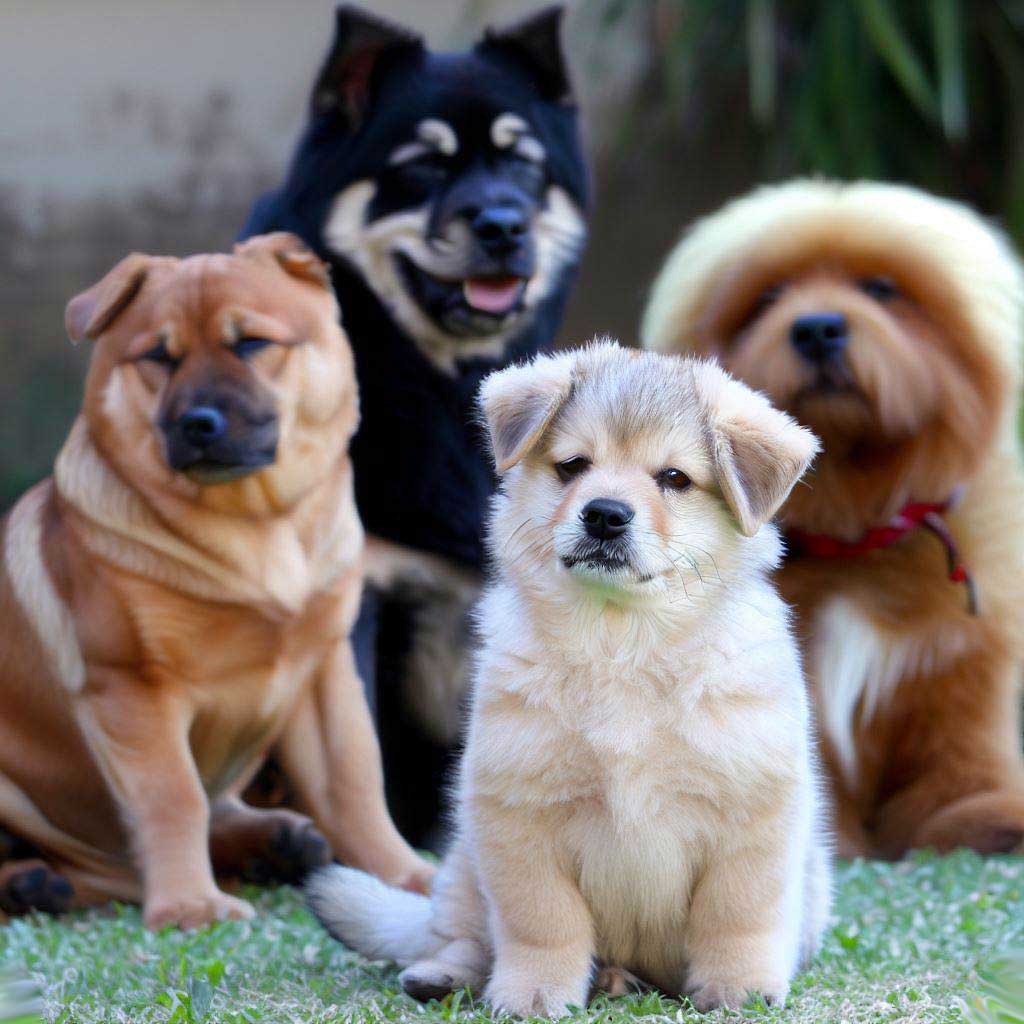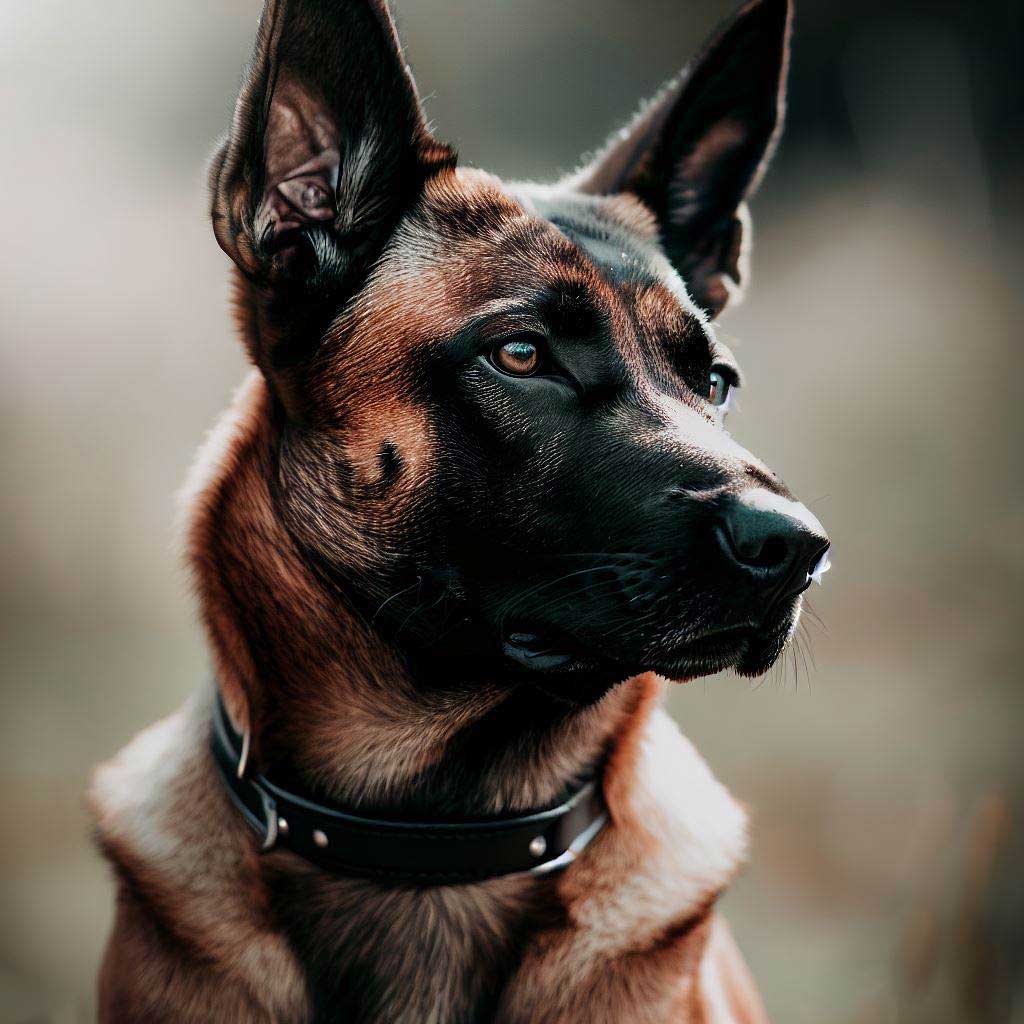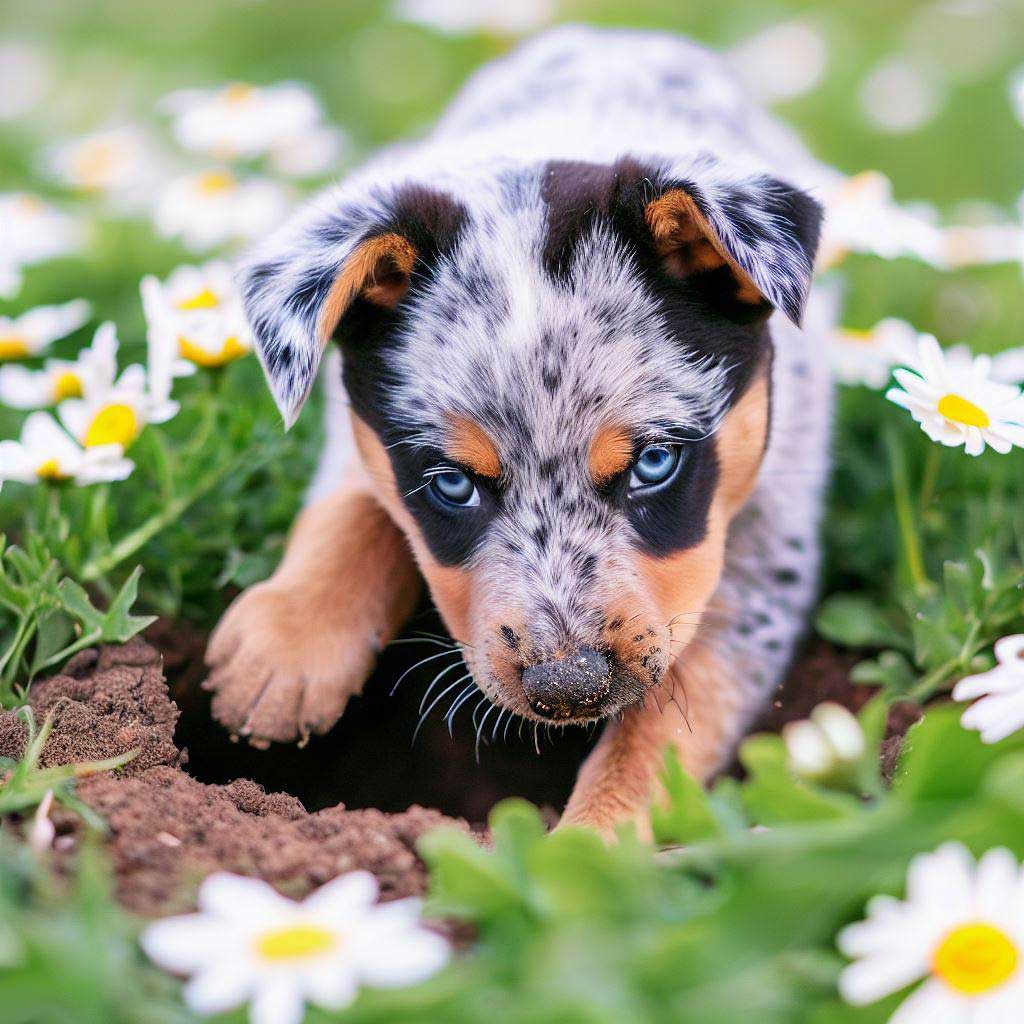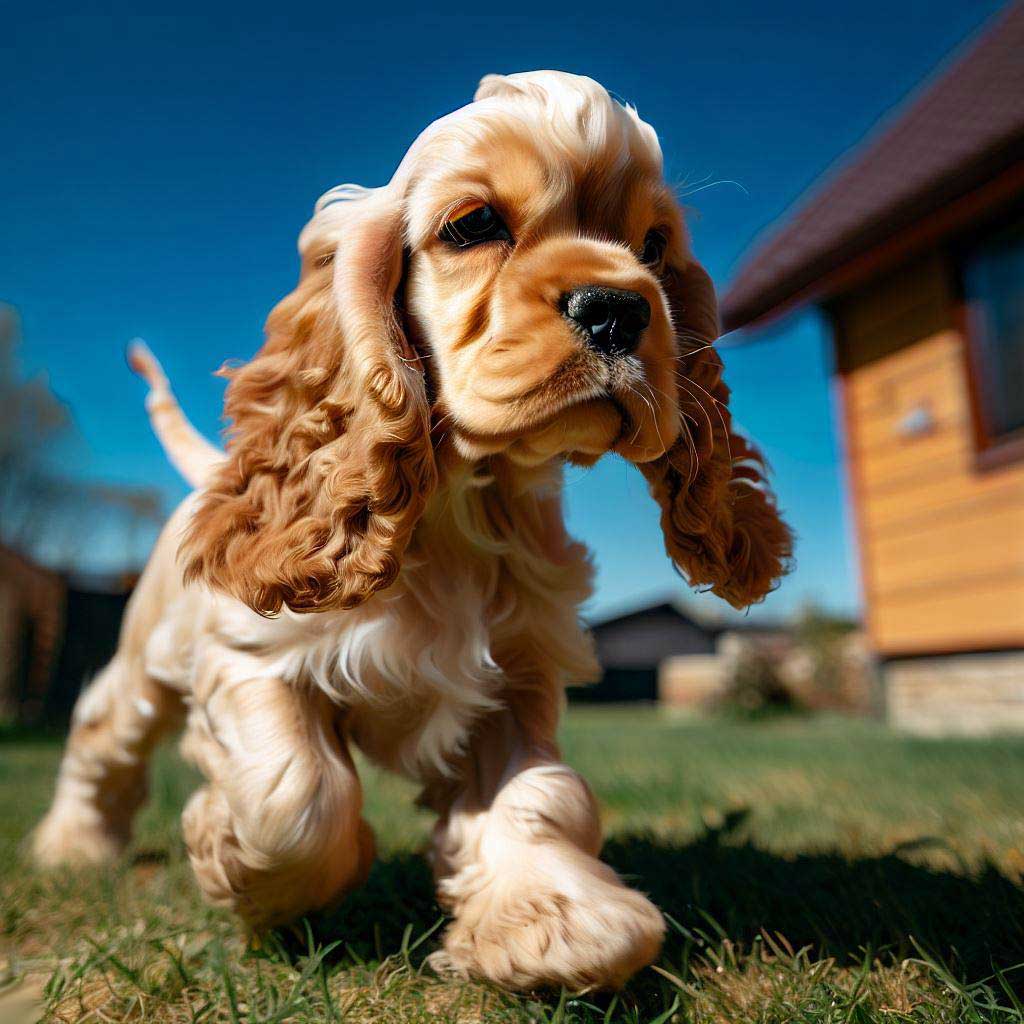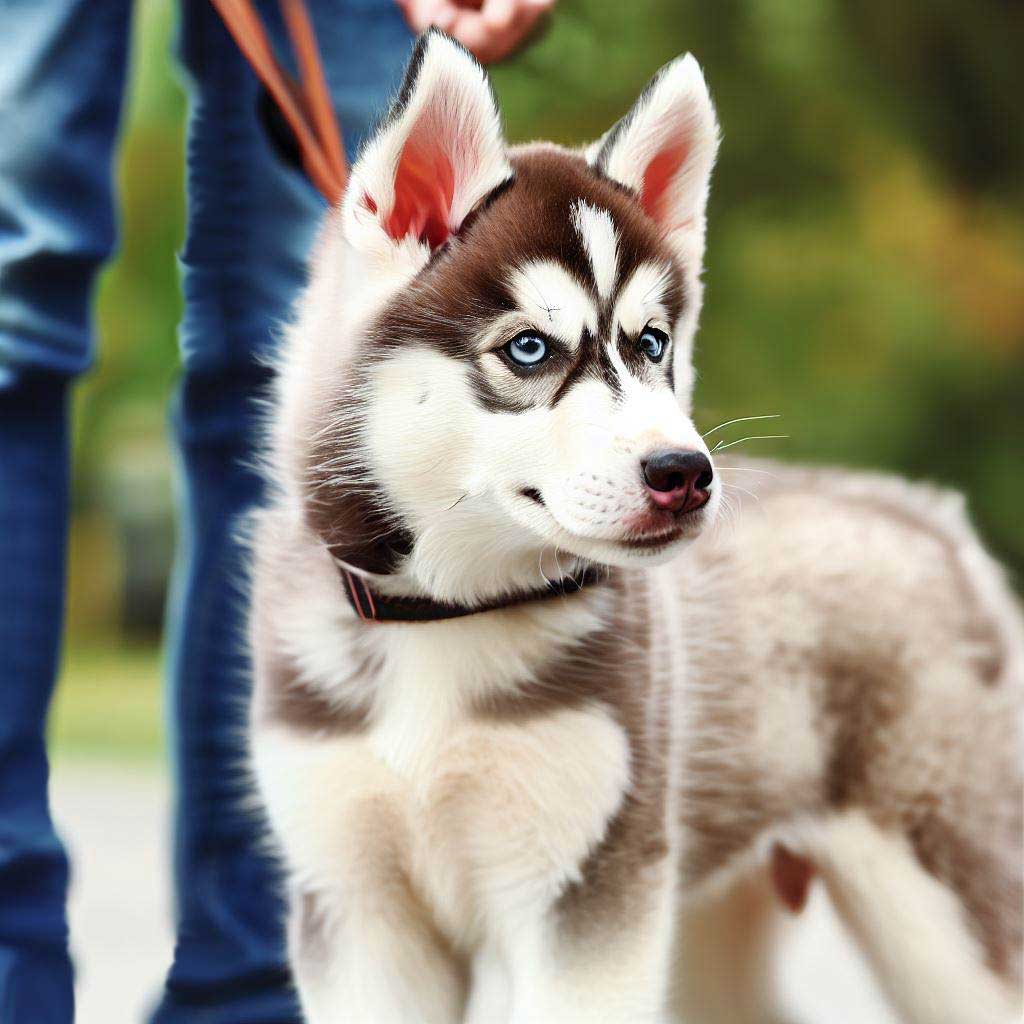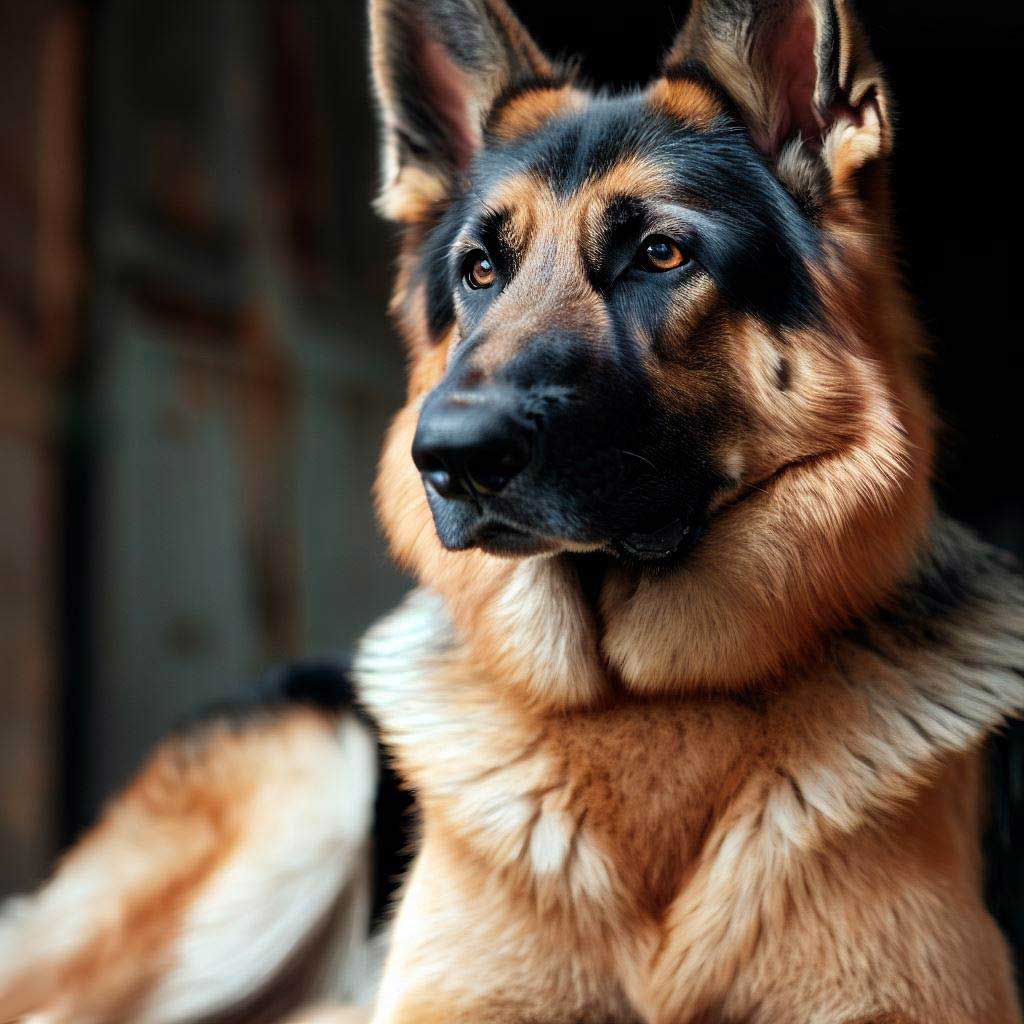Best Dog Training Methods: Unlocking the Secrets for a well-trained, joyful companion. Discover the dance of trust and reward today!
Table of Contents
Unlocking the Secrets of the Best Dog Training Methods
In the intricate labyrinth of canine training, myriad techniques stretch out before us, each one promising unparalleled obedience and harmony. Yet, it’s easy to become overwhelmed, lost amidst the cacophony of methods, devices, and strategies. The beckoning swirl might seem tantalizing, but where should one truly begin?
Dive deep into the heart of canine psychology, and it becomes clear: dogs are creatures of emotion, keenly attuned to positive reinforcement and consistent routines. Their world is not one of mere commands but rather, an intricate dance of trust, rewards, and clear communication. A treat or a gentle pat can hold more sway than the sternest of voices. Their hearts, ever eager to please, respond to kindness with an unparalleled zeal.
The best dog training methods are not shrouded in complexity but are rooted in simplicity. Consistency is key, punctuating every interaction with predictability. From the joys of clicker training, which celebrates precise moments of good behavior, to the lure training’s elegant dance of guidance, the emphasis remains the same: celebrating the positive, redirecting the unwanted, and always, always fostering a deep bond of mutual respect.
So, if you’re standing at the precipice, gazing into the vast expanse of canine guidance, fear not. Grasp the tenets of positive reinforcement, arm yourself with patience, and step forward. The path to a well-trained, happy companion is clearer than you think.
1. The Core of Canine Connection
The Power of Understanding
Throughout decades of observation and hands-on experience, it’s evident that dogs are more than just pets; they’re sentient beings with emotions, desires, and a yearning for connection. My journey in canine training began with this foundational understanding. Numerous studies, including one prominent one from the University of Lincoln in 2016, have underlined the paramount importance of positive reinforcement. This method does more than merely teaching dogs tricks. It nurtures trust, creates an avenue for mutual understanding, and solidifies the bond between the trainer and the canine. It’s not an exaggeration to say that a positive, happy dog tends to be a more responsive and better-trained companion.
Hints and Tips:
- Always finish on a high note. End sessions with familiar commands.
- Watch out for those non-verbal cues: a wagging tail or a relaxed posture often spells contentment.
- Regular short sessions trump rare long ones.
- Maintain your calm. Dogs mirror emotions.
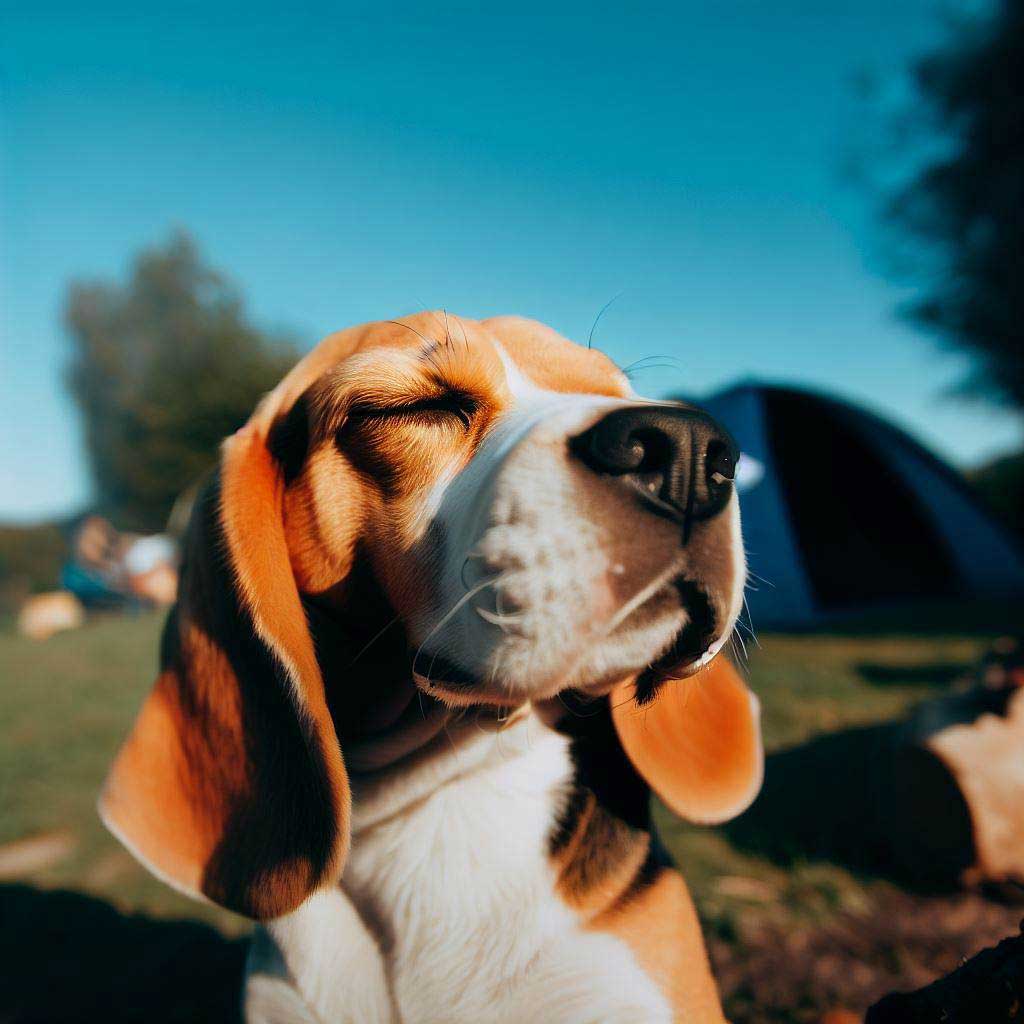
2. Positive Reinforcement: The Gold Standard
The Intricacies of Rewards
At the pinnacle of dog training methodologies stands positive reinforcement. Imagine a scenario where every right action gets celebrated and every mistake merely becomes a learning curve. The premise is simple, yet profoundly effective. When dogs are rewarded for their desired behaviors, with treats, praise, or toys, they’re more inclined to repeat them. The connection between action and reward becomes deeply ingrained, transforming the way our furry companions perceive training. Time the rewards right, and you cultivate a behavior that lasts a lifetime.
Hints and Tips:
- Mix up the rewards. Today, a treat; tomorrow, effusive praise.
- Steadily reduce treats; amplify the praises.
- Celebrate even the tiniest improvements.
- Consistency is crucial. Reward the same behavior the same way.
3. Clicker Training: The Maestro’s Wand
Click, Treat, Repeat
Venturing further into the realms of positive reinforcement, we encounter the precision tool known as clicker training. With every click, an exact moment of desired behavior gets pinpointed, creating a clear signal for the dog. This isn’t just about associating the click with a reward; it’s about emphasizing accuracy and timing. Each click reverberates as a harmonious note in a canine symphony, signaling correctness and breeding confidence. Before long, the dog begins to associate that unique sound with success, accelerating the training process.
Hints and Tips:
- Start with instant rewards post-click. Then, evolve.
- Use the clicker for intricate commands.
- Always have it handy; sporadic use confuses them.
- Practice makes perfect. Regular short sessions work wonders.
4. Lure Training: Dancing to the Beat
Enticement and Execution
Marrying a dog’s instinctual love for chasing with the art of command following is lure training. Envision a dance, where the treat or toy becomes the guiding hand, leading the dog into desired movements and positions. It’s a ballet of sorts, where the lure captivates the dog’s attention, guiding each twirl, spin, and pose. As the dance progresses, the dog starts moving fluidly, slowly recognizing the rhythm and predicting the subsequent steps. This method is less about pulling and more about enticing, making the learning experience a joyful dance.
Hints and Tips:
- Opt for irresistible treats.
- Slowly phase out the lure to encourage independent actions.
- Never drag them; the lure is a guide, not a leash.
- Reward their progress, even if they’re not perfect.
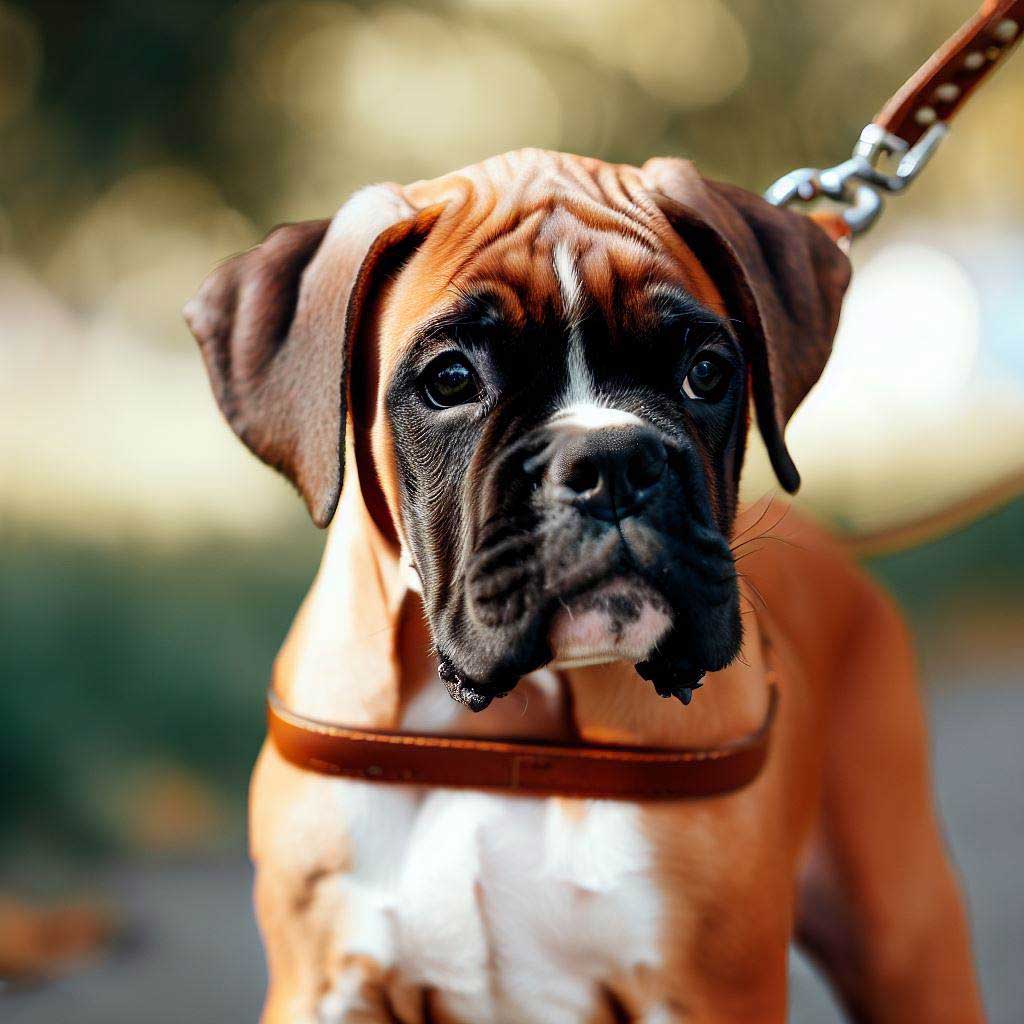
5. The Dark Alley of Punishment-Driven Techniques
The Missteps and Misunderstandings
While it might be tempting to resort to a quick snap or corrective jerk, the world of punishment-driven techniques is fraught with pitfalls. On the surface, such methods might appear effective, garnering immediate results. However, lurking beneath this facade are potential long-term issues like anxiety, aggression, and a deteriorating bond between owner and pet. Several experienced trainers and canine behaviorists have voiced concerns over this approach, highlighting the possible emotional and psychological scars it can inflict.
Hints and Tips:
- Redirection is more beneficial than reprimand.
- Stay positive. Highlight the behaviors you want to see.
- Understand the reason behind the misbehavior.
- Reinforce the good, rather than just punishing the bad.
6. The Pillars of Patience and Consistency
Predictable Progress
In the vast landscape of dog training, two monumental pillars stand tall: patience and consistency. Picture a structured day in a dog’s life, punctuated by periods of play, rest, and learning. This routine becomes their world, offering predictability and structure. Dogs, inherently, are creatures of habit. They thrive in environments where actions and consequences are consistent. It’s this repetitiveness, this consistent reinforcement, that becomes the bedrock of effective training, paving the way for faster learning and long-lasting results.
Hints and Tips:
- Stick to a routine. Dogs are creatures of habit.
- Involve all household members. Mixed messages can
- confuse.
Celebrate minor milestones. It boosts their confidence. - Keep evolving, but maintain the foundation.
7. Frugal but Effective Training Techniques
High Impact, Low Cost
The misconception that effective dog training is a costly affair couldn’t be further from the truth. The world of frugal training is filled with ingenious techniques that don’t compromise on results. From crafting toys out of household items to utilizing daily meal portions as training treats, there’s a plethora of ways to engage and train your canine companion without breaking the bank. It’s less about the monetary value of the training aids and more about the creativity, dedication, and consistency with which they’re used.
Hints and Tips:
- Old clothes? Turn them into tugging toys.
- Use daily kibble portions for training treats.
- Engage in free play like fetch or hide-and-seek.
- Explore local parks and nature trails for stimulation.
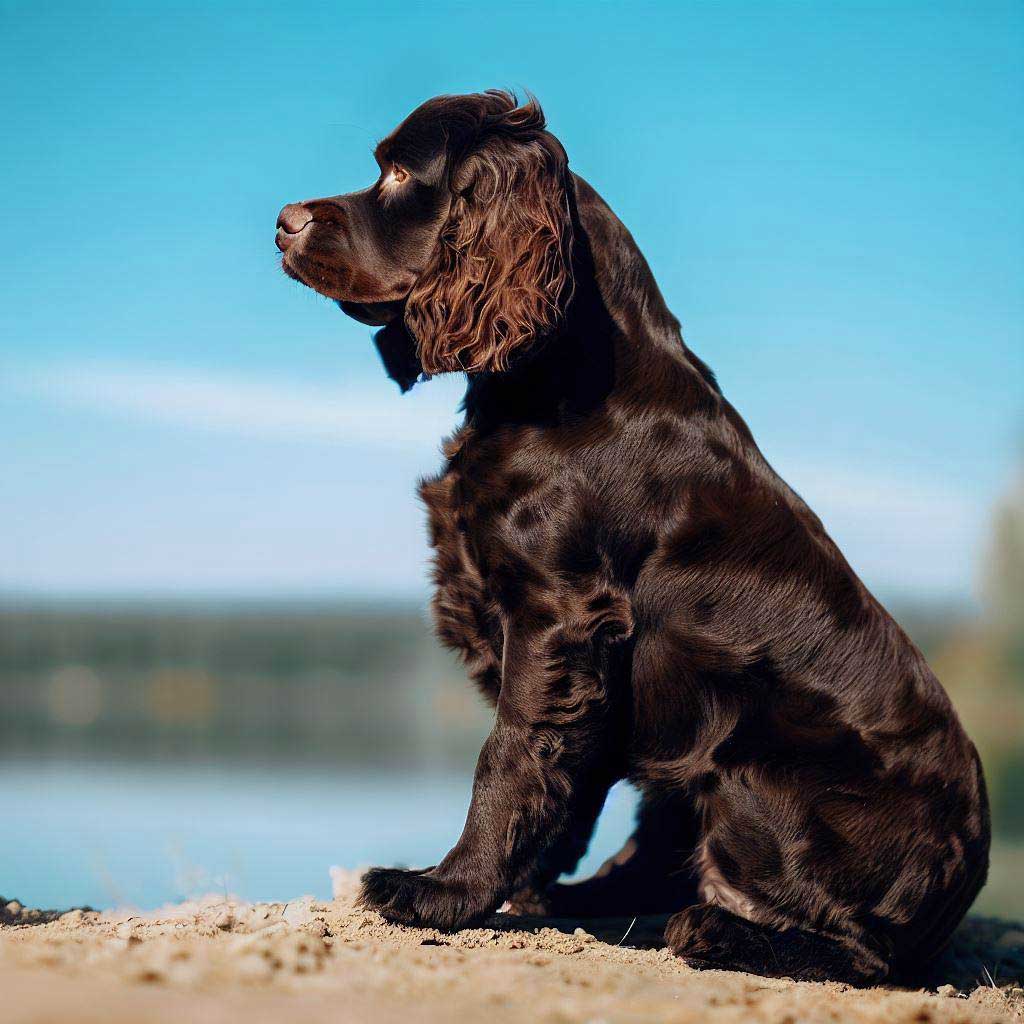
8. Beyond Basics: Social Integration and Continuous Learning
Molding the Canine Citizen
Once the foundational commands are grasped, the horizon of canine training expands dramatically. The next phase is social integration, shaping dogs to become well-mannered, adaptable citizens of the canine world. This realm is not just about commands; it’s about experiences, introductions, and adaptability. Whether it’s meeting fellow canines at the park or navigating the bustling streets, every exposure molds their behavior, solidifying their position as a well-rounded member of society.
Hints and Tips:
- Engage in local doggy playdates or park visits.
- Periodically introduce new toys or play environments.
- Join community dog training or agility groups.
- Remember, every experience is a learning opportunity.
9. Training Customization: The Individual Blueprint
Every Dog Has Its Day
As trainers and dog lovers, it’s essential to recognize that while some training methodologies are universally acknowledged, every dog brings its unique flair to the table. Each canine is a tapestry of individual quirks, temperaments, and preferences. Recognizing this individuality and tailoring strategies to fit their unique persona is vital. It’s not merely about imposing a set method; it’s about blending techniques, gauging reactions, and iterating, ensuring the training experience resonates with each dog’s essence. And if at the end of the day it all becomes too hard, you can seek help from a professional dog trainer, or find an online course to assist you. For information on the 15 best online courses available, read our article “Best Online Dog Training Courses: Any Dog Will Love“.
Hints and Tips:
- Observe, then adapt.
- Factor in their breed, age, and history.
- Not all methods suit all dogs; find their fit.
- Cherish their individuality; it’s their biggest asset.
10. Physical Health: The Training Catalyst
Optimal Health, Optimal Learning
The significance of a dog’s physical health in the training journey cannot be stressed enough. Just like a well-tuned instrument produces the finest melodies, a healthy dog responds best to training stimuli. Their mental alertness, stamina, and overall responsiveness are closely tied to their physical well-being. Regular check-ups, a balanced diet, and ample exercise aren’t just essentials; they’re catalysts. They prime the dog, making them receptive learners, eager to engage, and quick to grasp.
Hints and Tips:
- Prioritize regular vet check-ups.
- Monitor their diet; nutritional food fuels better learning.
- Ensure they get enough physical exercise.
- Recognize signs of discomfort or illness early.
In Conclusion: Painting the Canine Canvas
Navigating the realm of dog training can sometimes feel like crafting a delicate masterpiece on canvas. However, at its core, it’s an art built on mutual respect, profound understanding, and unwavering consistency. As you immerse yourself in the quest to unearth the “best dog training methods”, it’s essential to remember that the journey itself often holds as much value, if not more, than the final destination. Armed with patience and persistence, a bond, both deep and unshakable, forms gradually. This bond becomes the testament to every obstacle overcome, every triumphant moment celebrated, and the shared experience of growth.
Yet, what happens when your canine companion leans more towards the dominant ‘alpha’ side? Does the same conclusion apply? For those navigating the complex waters of dealing with a more dominant dog, a different approach might be needed. For in-depth insights into this unique challenge, consider delving into another piece I’ve crafted: “How do I show my dog I am the Alpha?” It may just hold the answers you seek.
